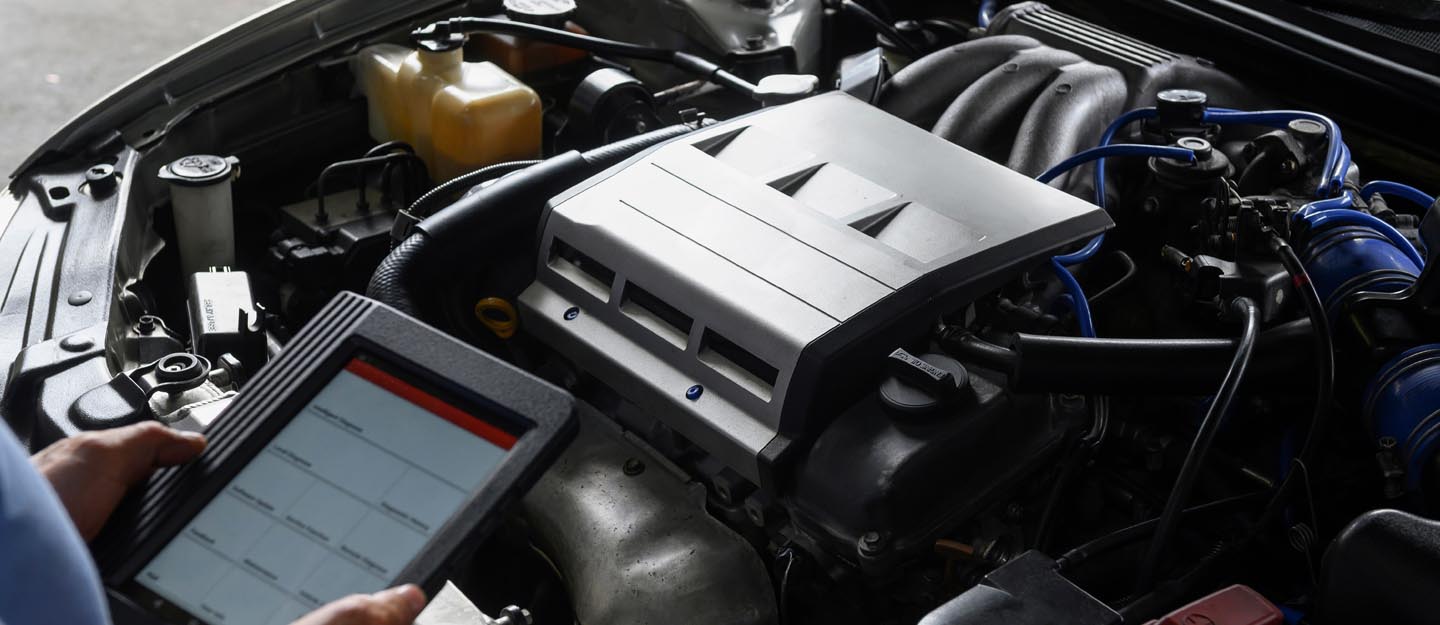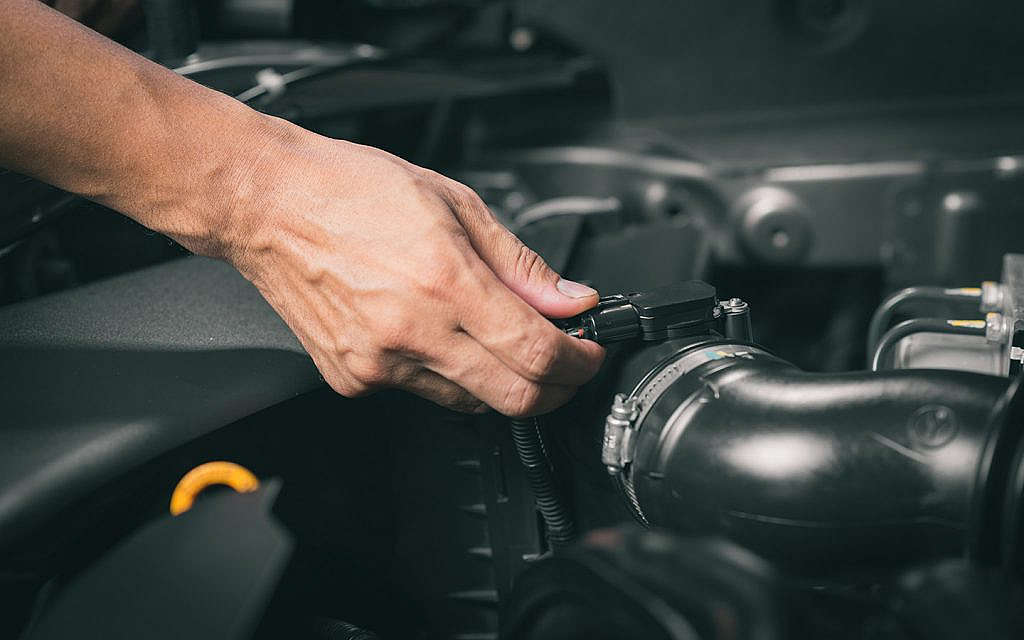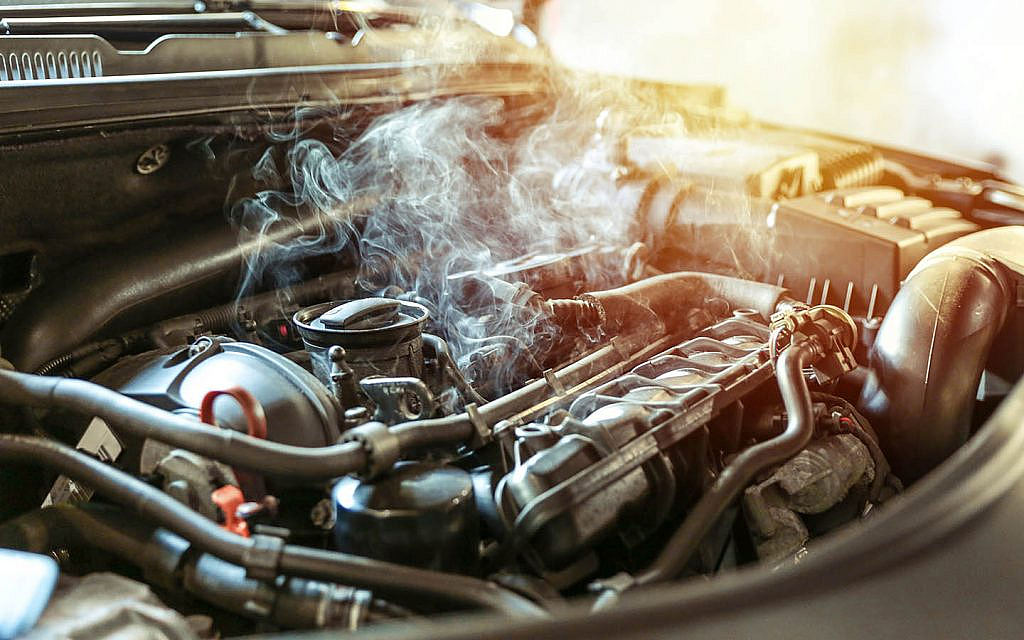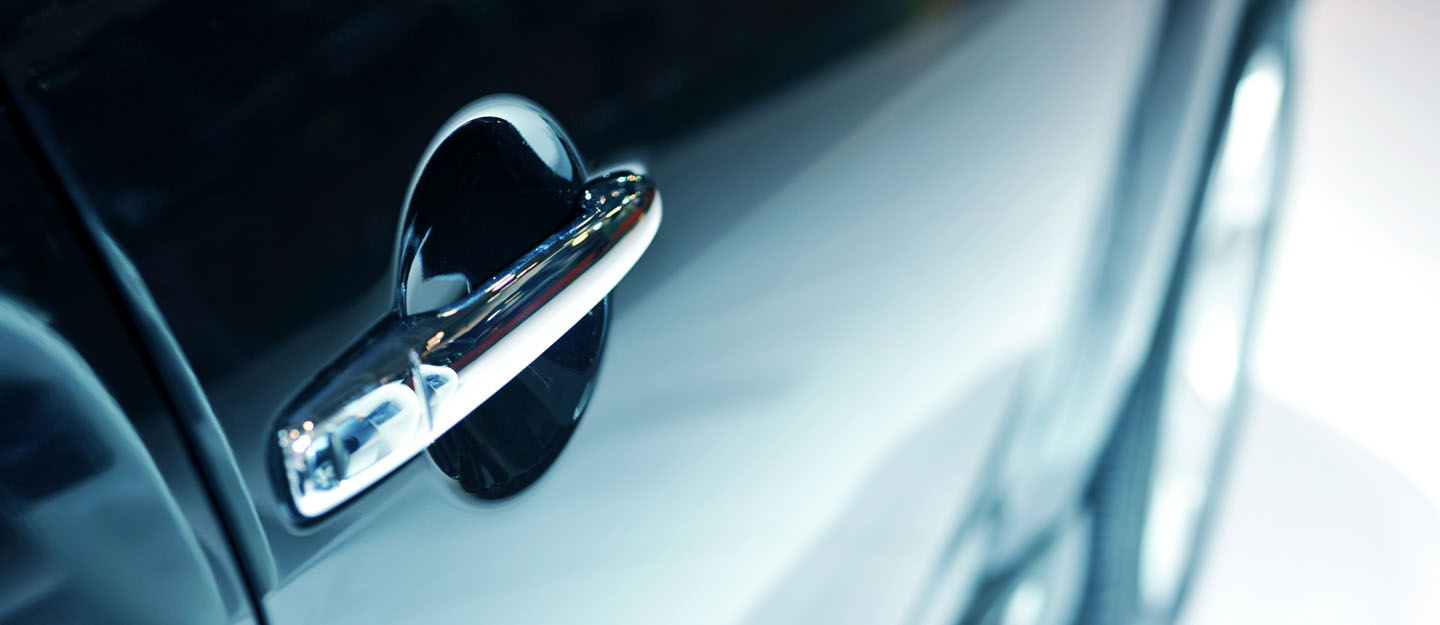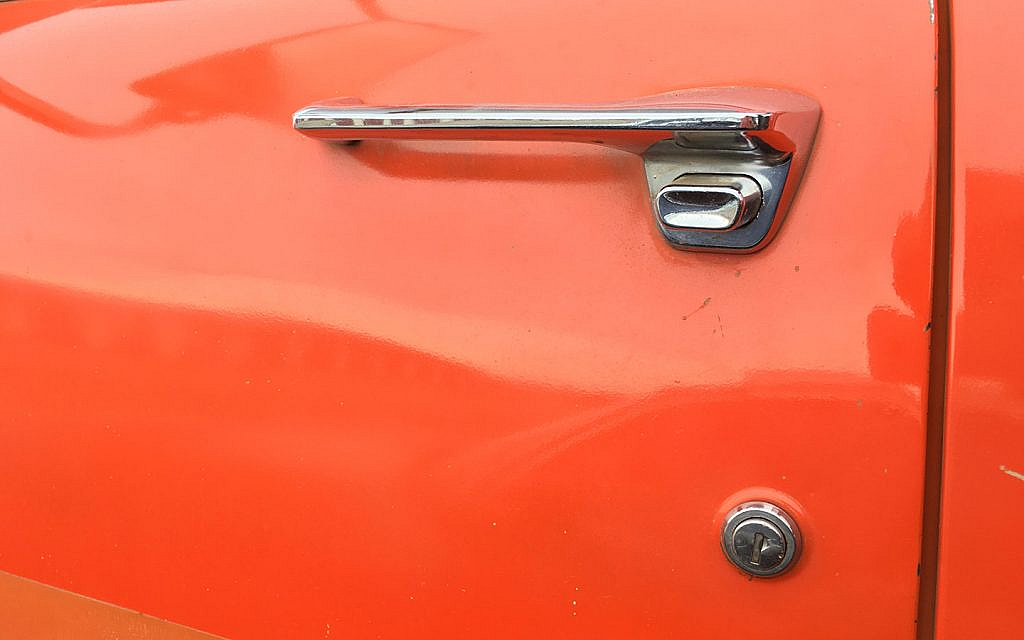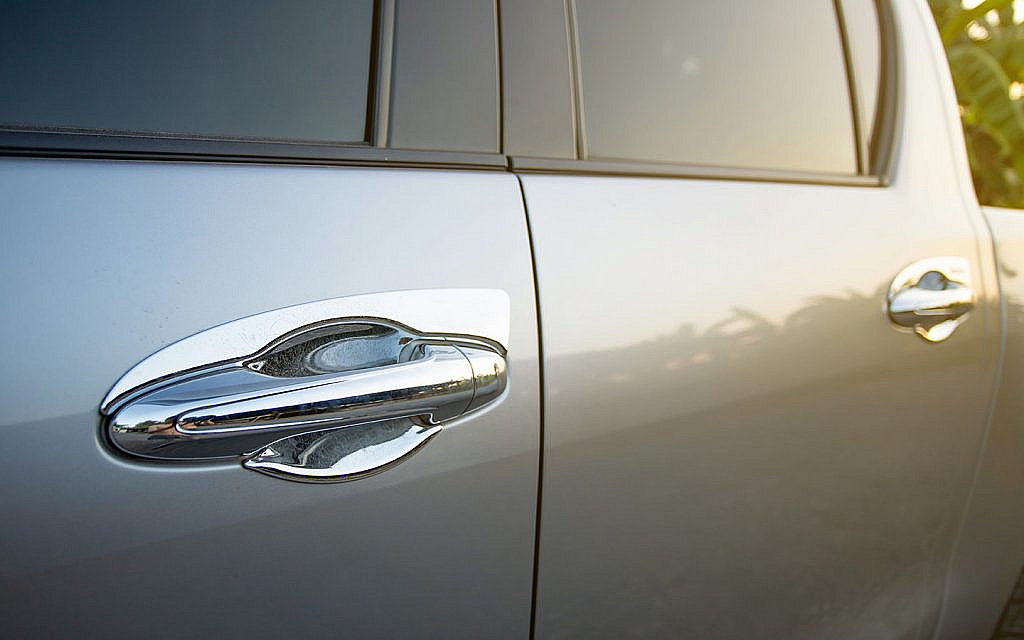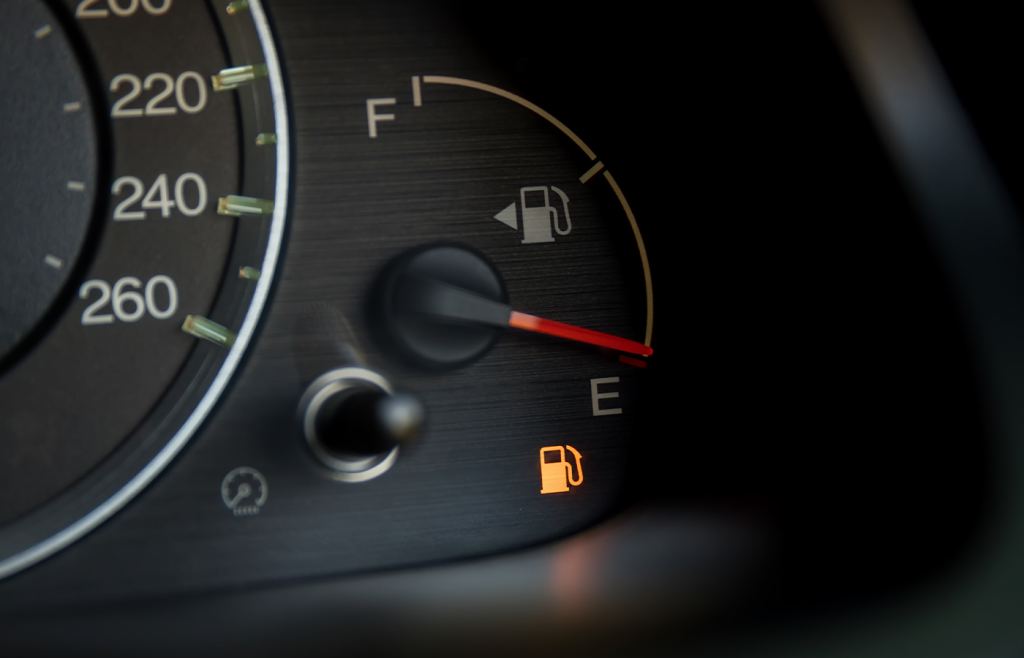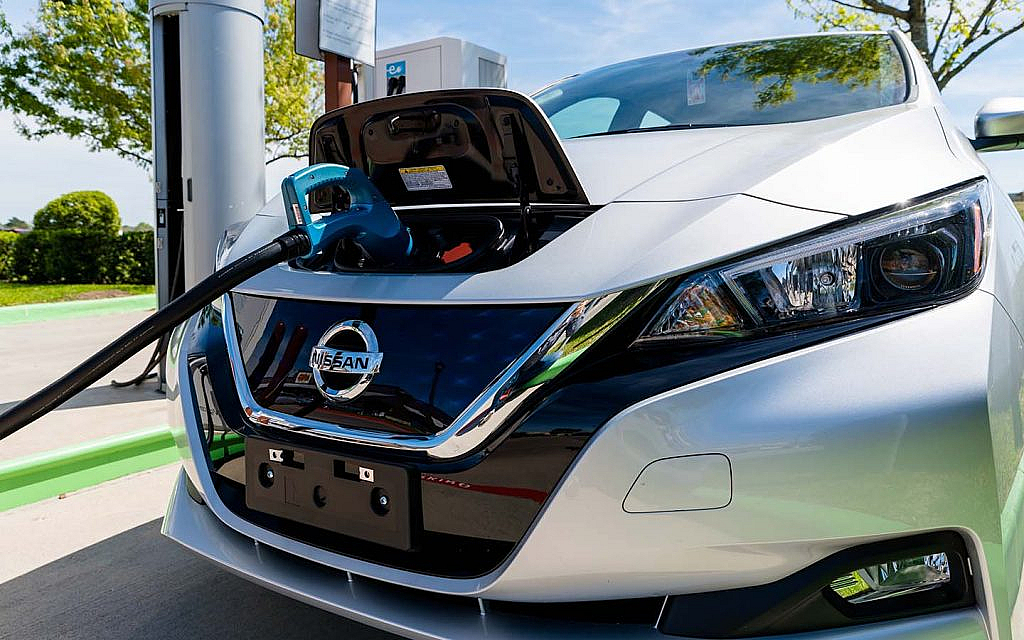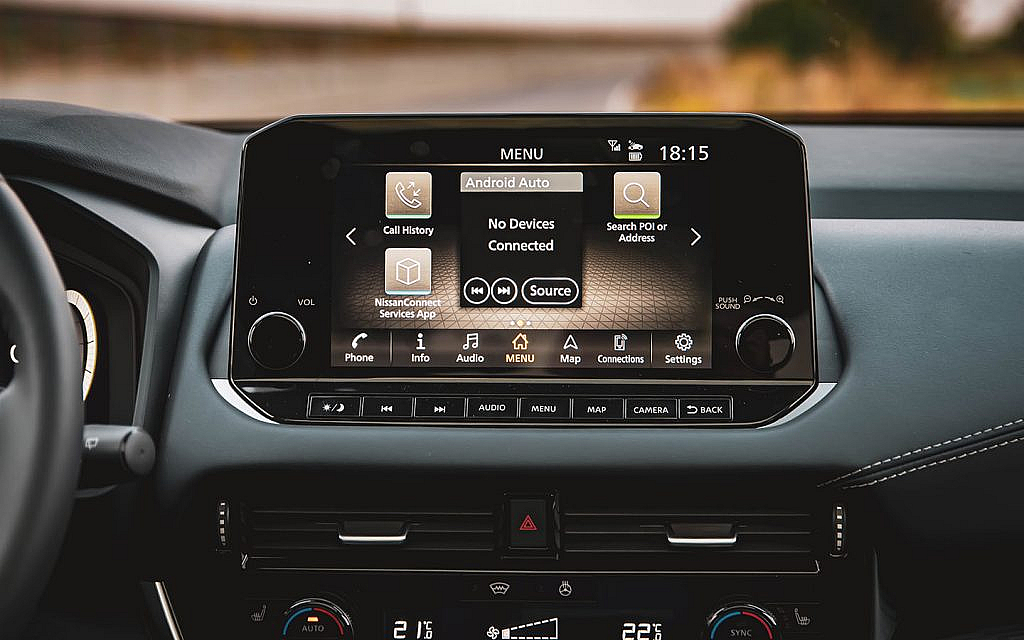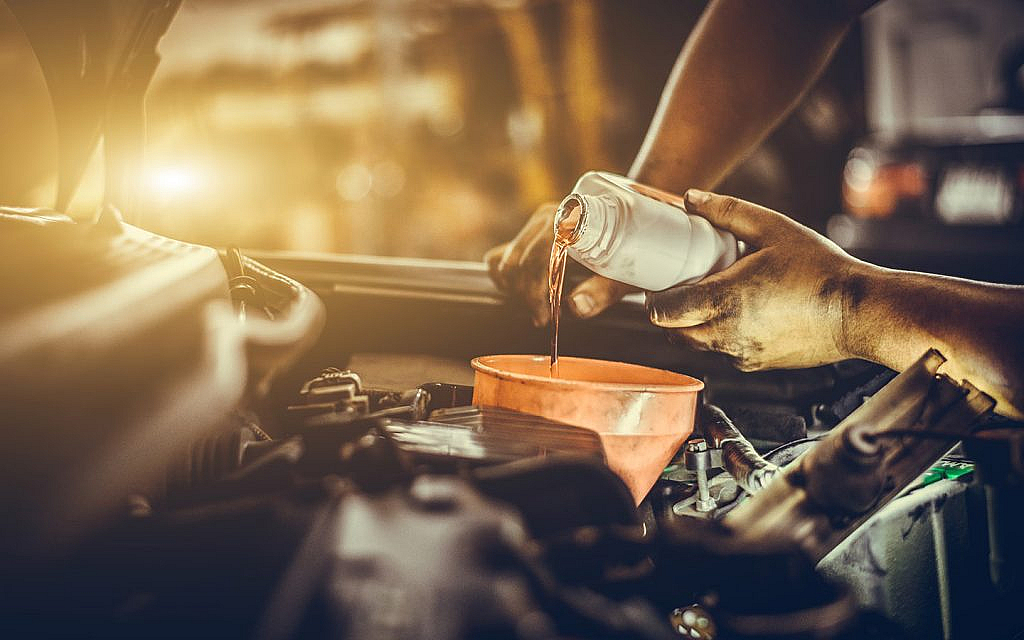Can I Drive With a Cracked Exhaust Pipe: Causes & Fixes

When it comes to vehicle maintenance, it’s essential to address issues promptly to ensure your safety and the longevity of your car. One common problem that car owners may encounter is a cracked exhaust pipe. The exhaust system is crucial to your vehicle’s performance, emissions control and overall functionality. Following, we will discuss the implications of driving with a cracked exhaust pipe, the potential risks involved and the importance of addressing the issue promptly.
Let’s find out more about the causes and fixes of cracked exhaust pipe.
Understanding the Exhaust System
While it is technically possible to operate a vehicle with a broken exhaust, it is important to understand that driving a car in such a scenario is unsafe and illegal. Driving with a damaged exhaust, whether it’s a cracked pipe, partially detached or completely fallen off, poses several problems when you are on the road. Therefore, it is crucial to prioritise immediate attention and necessary repairs.
Before we delve into the topic, let’s briefly understand the exhaust system’s role in a vehicle. The exhaust system guides the harmful gases produced during the combustion process out of the engine and away from the car. It includes various components, such as the exhaust manifold, catalytic converter, muffler and broken exhaust pipe.
The Consequences of a Cracked Exhaust Pipe

Different types of exhaust systems are available in the market based on their designs and specifications. A cracked exhaust pipe can lead to several problems, affecting your vehicle’s performance and overall driving experience. Here are some of the potential consequences of driving with a cracked exhaust pipe symptoms:
Noise and Vibrations
A cracked exhaust pipe can result in loud and unpleasant noises during acceleration or idle. The escaping exhaust gases can create a rumbling or hissing sound. Besides, there could be several reasons behind car exhausts making loud noises. Additionally, vibrations may be felt throughout the vehicle, potentially affecting your driving comfort.
Reduced Engine Performance
A cracked exhaust pipe can disrupt the backpressure in the exhaust system, leading to reduced engine performance. Backpressure is necessary to maintain the optimal air and fuel mixture balance in the engine cylinders. When the exhaust system is compromised, it can impact the engine’s efficiency. This also results in poor acceleration, exhaust backfiring and reduced fuel economy.
Increased Emissions
The exhaust system plays a vital role in controlling emissions and ensuring compliance with environmental regulations. A cracked exhaust pipe can cause leaks, allowing the escape of harmful gases such as carbon monoxide, nitrogen oxides and hydrocarbons. Increased emissions contribute to air pollution and can result in failed emissions tests, potentially leading to legal issues and fines. Here are some more symptoms of exhaust leaks in cars and how you can fix them.
Risk of Fire

The hot exhaust gases passing through a cracked exhaust pipe can come into contact with flammable materials underneath your vehicle, such as oil coming out of the exhaust. This contact poses a significant fire hazard and can result in serious accidents or vehicle damage.
Potential Health Risks
Exhaust gases, particularly carbon monoxide, are toxic and can be harmful if inhaled. A cracked exhaust pipe causes these gases to enter the passenger compartment, putting you and your passengers at risk of carbon monoxide poisoning. Symptoms of exposure include headaches, dizziness, nausea and even unconsciousness.
The Importance of Prompt Repair
Considering the potential risks associated with driving with a cracked exhaust pipe, it is crucial to address the issue promptly. Here’s why:
Safety
Your safety and that of your passengers should always be a top priority. Addressing a cracked exhaust pipe ensures that harmful gases are properly expelled from the vehicle, reducing the risk of fire, carbon monoxide poisoning and other potential hazards.
Vehicle Performance

A healthy exhaust system plays a significant role in maintaining your vehicle’s performance. By repairing the cracked exhaust pipe, you can restore proper backpressure, improve engine efficiency and regain lost power and fuel economy.
Legal Compliance
Depending on your location, driving a vehicle with a faulty exhaust system may be against the law. For instance, driving a noisy car in the UAE can have severe consequences. For instance, drivers get fined AED 2000 and receive 12 black points on their driving licenses.
Moreover, make sure you get your vehicle inspected when buying a used car for sale in the UAE. A cracked exhaust pipe can result in a failed inspection, leading to fines and penalties. However, you can opt for dubizzle inspection services for cars to inspect such car issues.
Preventing Further Damage
Ignoring a cracked exhaust pipe can lead to more extensive and costly repairs down the line. Continuous exposure to heat, moisture and road debris can cause the crack to worsen, potentially resulting in additional damage to other components of the exhaust system. Prompt repairs can save you from expensive repairs in the future.
Driving with a cracked exhaust pipe is not advisable due to its potential risks to your safety, vehicle performance and legal compliance. The consequences can range from increased noise and reduced engine performance to the risk of fire and health hazards. Promptly addressing a cracked exhaust pipe ensures your safety, preserves your vehicle’s performance and helps you comply with environmental regulations.
If you notice any signs of a cracked exhaust pipe, such as unusual noises or changes in engine performance, it is recommended to consult a professional mechanic. They will assess the extent of the damage and provide the necessary repairs or replacements to restore the functionality of your exhaust system.
Remember, proactive maintenance and timely repairs are crucial for ensuring a safe and enjoyable driving experience while prolonging the lifespan of your vehicle.
Stay tuned to dubizzle’s auto blog for more car repair and maintenance tips.
